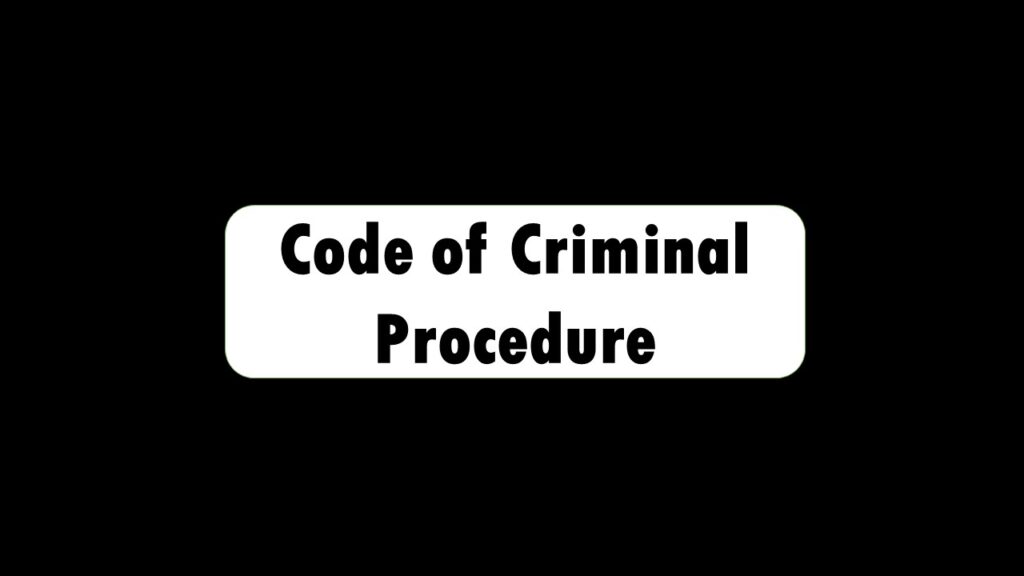Maru Ram vs. Union of India and Others [(1981) 1 SCC 107]: Supreme Court of India
Relationship between section 433-A of CrPC and Article 72 and 161 of the Constitution dealing with short sentencing of prisoners
72. We conclude by formulating our findings:
(1) We repulse all the thrusts on the vires of Section 433-A. Maybe, penologically the prolonged term prescribed by the section is supererogative. If we had our druthers we would have negatived the need for a fourteen-year gestation for reformation. But ours is to construe, not construct, to decode, not to make a code.
(2) We affirm the current supremacy of Section 433-A over the Remission Rules and short-sentencing statutes made by the various States.
(3) We uphold all remissions and short-sentencing passed under Articles 72 and 161 of the Constitution but release will follow, in life sentence cases, only on Government making in order en masse or individually, in that behalf.
(4) We hold that Section 432 and Section 433 are not a manifestation of Articles 72 and 161 of the Constitution but a separate, though similar power, and Section 433-A, by nullifying wholly or partially these prior provisions does not violate or detract from the full operation of the constitutional power to pardon, commute and the like.
(5) We negate the plea that Section 433-A contravenes Article 20(1) of the Constitution.
(6) We follow Godse case to hold that imprisonment for life lasts until the last breath, and whatever the length of remissions earned, the prisoner can claim release only if the remaining sentence is remitted by Government…
(7) We declare that Section 433-A, in both its limbs (i.e. both types of life imprisonment specified in it), is prospective in effect. To put the position beyond doubt, we direct that the mandatory minimum of 14 years actual imprisonment will not operate against those whose cases were decided by the trial court before December 18, 1978 when Section 433-A came into force. All “Lifers” whose conviction by the court of first instance was entered prior to that date are entitled to consideration by Government for release on the strength of earned remissions although a release can take place only if Government makes an order to that effect. To this extent the battle of the tenses is won by the prisoners. It follows, by the same logic, that short sentencing legislations, if any, will entitle a prisoner to claim release thereunder if his conviction by the court of first instance was before Section 433-A was brought into effect.
(8) The power under Articles 72 and 161 of the Constitution can be exercised by the Central and State Governments, not by the President or Governor on their own. The advice of the appropriate Government binds the Head of the State. No separate order for each individual case is necessary but any general order made must be clear enough to identify the group of cases and indicate the application of mind to the whole group…
(9) Considerations for exercise of power under Articles 72/161 may be myriad and their occasions protean, and are left to the appropriate Government, but no consideration nor occasion can be wholly irrelevant, irrational, discriminatory or mala fide. Only in these rare cases will the court examine the exercise.
(10) Although the remission rules or short-sentencing provisions proprio vigore may not apply as against Section 433-A, they will override Section 433-A if the Government, Central or State, guides itself by the selfsame rules or schemes in the exercise of its constitutional power. We regard it as fair that until fresh rules are made in keeping with experience gathered, current social conditions and accepted penological thinking — a desirable step, in our view — the present remission and release schemes may usefully be taken as guidelines under Articles 72/161 and orders for release passed. We cannot fault the Government, if in some intractably savage delinquents, Section 433-A is itself treated as a guideline for exercise of Articles 72/161. These observations of ours are recommendatory to avoid a hiatus, but it is for Government, Central or State, to decide whether and why the current Remission Rules should not survive until replaced by a more wholesome scheme.
(11) The U.P. Prisoners’ Release on Probation Act, 1938, enabling limited enlargement under licence will be effective as legislatively sanctioned imprisonment of a loose and liberal type and such licensed enlargement will be reckoned for the purpose of the 14-year duration. Similar other statutes and rules will enjoy similar efficacy.
(12) In our view, penal humanitarianism and rehabilitative desideratum warrant liberal paroles, subject to security safeguards, and other humanizing strategies for inmates so that the dignity and worth of the human person are not desecrated by making mass jails anthropoid zoos. Human rights awareness must infuse institutional reform and search for alternatives.
(13) We have declared the law all right, but law-in-action fulfils itself not by declaration alone and needs the wings of communication to the target community. So, the further direction goes from this Court that the last decretal part is translated and kept prominently in each ward and the whole judgment, in the language of the State, made available to the inmates in the jail library.
(14) Section 433-A does not forbid parole or other release within the 14-year span. So to interpret the section as to intensify inner tension and intermissions of freedom is to do violence to language and liberty.
